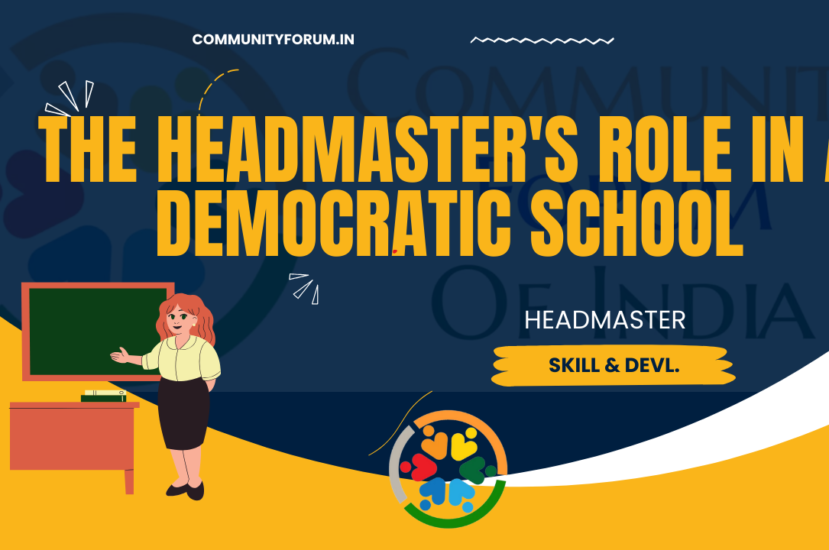
Table of Contents
Role of Headmaster for the Management of Democratic Leadership in School
The traditional image of a headmaster might conjure a figure of strict authority, barking orders from atop a metaphorical ivory tower. But the educational landscape is shifting. Today, democratic leadership in schools is gaining traction, and the headmaster plays a pivotal role in fostering this participatory environment.
What is Democratic Leadership in Schools?
Democratic school leadership moves away from a top-down approach. It emphasizes collaboration, shared decision-making, and the inclusion of diverse voices. This means teachers, students, parents, and even community members have a say in shaping the school’s direction.
The Headmaster as a Facilitator
So, how does the headmaster navigate this shift? Here are some key ways they can champion democratic leadership:
- Building a Shared Vision: The headmaster works with stakeholders to establish a common vision for the school. This vision becomes the guiding light for decision-making.
- Fostering Communication: Open communication is crucial. The headmaster creates channels for regular dialogue between teachers, students, parents, and the community. This can involve school forums, online platforms, and surveys.
- Empowering Stakeholders: Democratic leadership is about empowering others. The headmaster can delegate tasks, create committees with diverse representation, and encourage teachers to involve students in classroom decision-making.
- Conflict Resolution: With diverse voices come differing opinions. The headmaster acts as a facilitator, fostering respectful debate and guiding the group towards solutions that benefit the school as a whole.
- Leading by Example: The headmaster sets the tone. By demonstrating active listening, empathy, and a willingness to consider different perspectives, they inspire others to follow suit.
AIPMST (Secondary) 2024 Exam, Date, Amount, Syllabus and more – Community Forum
Benefits of Democratic Leadership
Research suggests that democratic schools foster a more positive learning environment. Students feel more engaged and invested in their education. Teachers feel valued and empowered to contribute their expertise. The school community thrives on collaboration and shared responsibility.
Challenges and Considerations
Democratic leadership isn’t without its challenges. It requires a shift in mindset from some stakeholders accustomed to a more traditional hierarchy. Implementing democratic practices takes time and effort. However, with a dedicated headmaster at the helm, the rewards are far-reaching.
Conclusion
The headmaster plays a vital role in shaping a school’s culture. By embracing democratic leadership, they can create an environment where everyone feels heard, valued, and empowered to contribute. This fosters a vibrant learning community where students, teachers, and the broader community can work together to achieve educational excellence.




